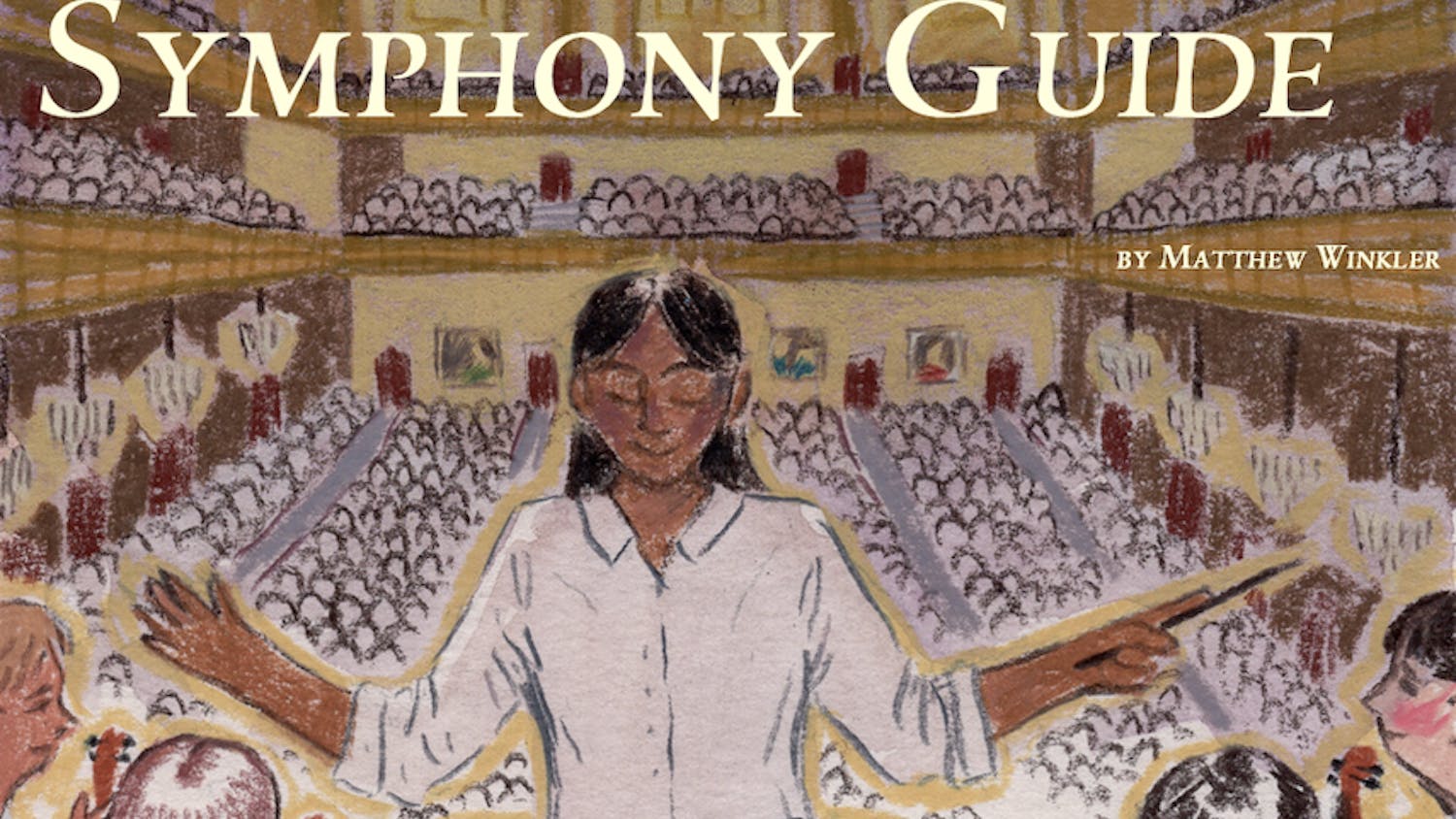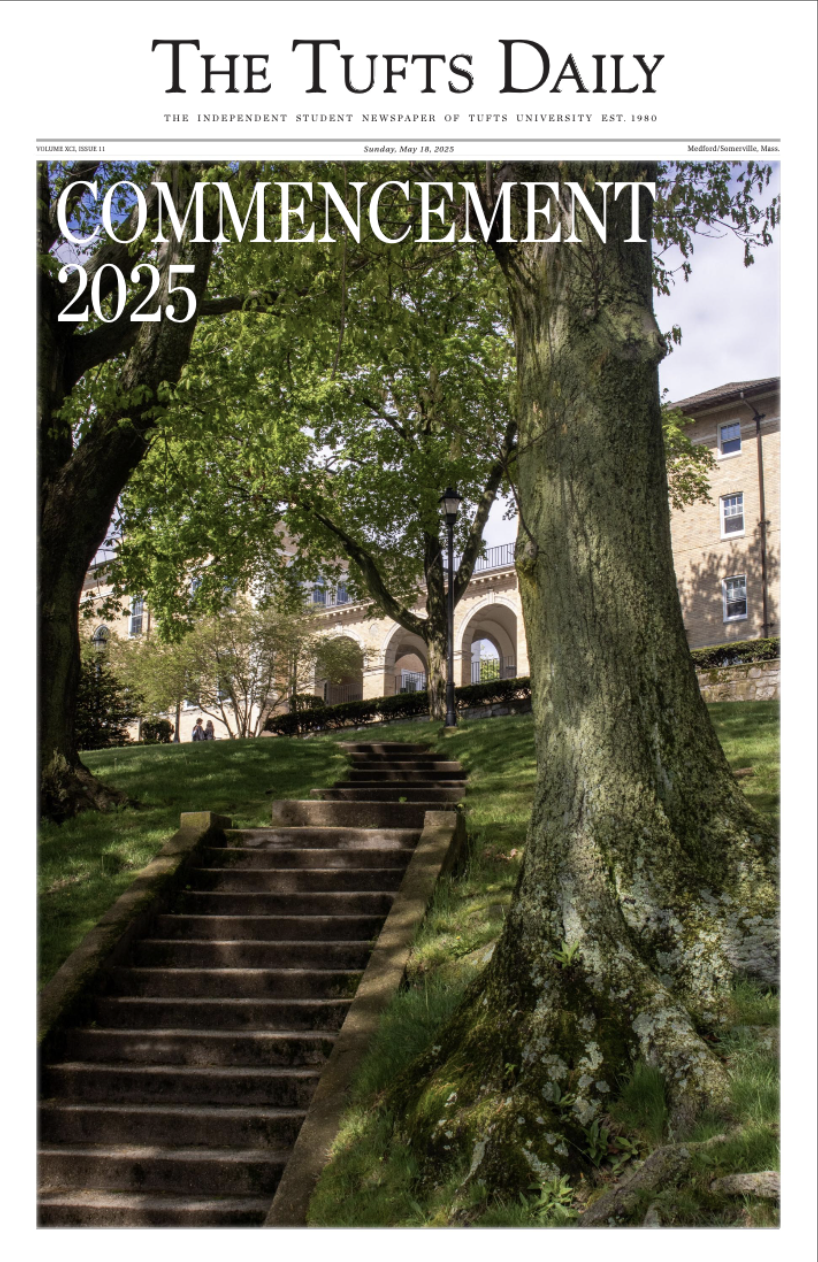Seeing any version of "Romeo and Juliet" on or immediately following Valentine's Day is not for the cheesy-phobic or, if solo, the faint of heart. Thankfully, Boston Ballet's version of Sergei Prokofiev's quirky score is so adorable, even the most cynical singles can appreciate it alongside the enamored.
Everything about this ballet is top-notch, especially the fact that it manages to add humor and poignancy into a tale told a billion times over. Romeo and Juliet, danced by Boston Ballet regulars Carlos Molina and Lorna Feijóo, are more than Shakespeare's lovers here. As the show continues, one sees them make the transformation from children to adults, and in Juliet's case especially, with a tad bit of humor.
In fact, this transformation is a wonderful insight. From the scene in the beginning when Juliet doubts her changing body to her death at the end, Feijóo elegantly draws the journey from child to woman. The love scenes, too, are convincing. This pair, as Romeo and Juliet, is intimately believable; they have wonderful chemistry together throughout the ballet. Their scenes are sensual without being tacky, a difficult task considering how artfully and effortlessly they appear.
The dancing, as always, is well executed, but interestingly enough, there is not as much pure ballet here as one might expect. Shown more through acting, character work, drama and many vignettes, it's the story that plays a central role. Boston Ballet's production reads more like a musical play or a visual account than a classical ballet. In part, this is due to Prokofiev's storytelling score, which follows more closely the action of Shakespeare in its setup rather than the format of pure ballet used by earlier composers.
The score is indeed a famous one, but since it was written in 1936, the ballet is far from typical and oozes elements of modernism. There's always a feeling of impending tragedy, especially in the latter act, but the artistry doesn't give in to gloom all the time despite this undercurrent.
Notably, the ball scene at the Capulets' house, where the lovers meet each other, is a startling, colorful dance in a unique, loud and tragic minor key. Accented by the dancers' gold-toned masquerade and luxurious gowns, this scene is passionate and gorgeous, with an element of mystery, passion and fabulous doom.
The production does well in focusing not only on the very charismatic title pair, but also on everyday life in Verona as well, and it is in these group scenes where the production really shines. The choreography ranges from formal to fun, but it is never boxy; it does not shy away from the asymmetrical, and, just as at a real ball in a real or town, many things happen at once. Humor, too, is necessary here. Charming additions include clowns, fight scenes, and a set of three gypsies that seduce the town men. Even some costumes, like the deer head in the second act, bring much-needed breaks from the main tale while adding to the overall effect.
Being the Shakespearean tragedy this play is, there are many deaths. However, they happen a bit on the slow side. Spunky Mercutio, played by Jared Redick, especially took his time in the second act. It is a credit to John Cranko's choreography and Jane Bourne's staging that motion is constant regardless of how many individuals are on stage. Though the show may feel a bit disjointed for lovers of traditional Tchaikovsky ballets, Prokofiev's music tells "Romeo and Juliet" without wallowing in it. Verona is a city bursting with life and peculiarity, and the audience sees all that and more. Love, even great love, is just one of the many things that happen there.





